Commission on Lal Masjid
Judiciary may want to look at its role in the affair, how it released everyone who challenged state from Lal Masji
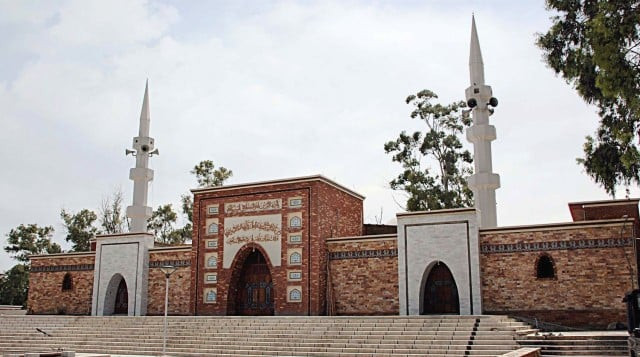
However, there are some unsettled disputes about whether negotiations still had a chance to work before General (retd) Pervez Musharraf ordered the operation. But this is a political, not judicial, question. The government had the right to take action and there is no need for judges to second-guess that decision so many years later. Instead, the judiciary may want to look at its own role in the affair, especially how it released just about everyone involved in challenging the state from the Lal Masjid.

The clerics at the Lal Masjid, it should go without saying, were terrorists who continually defied the state. If there is any criticism to be made of how the affair was handled, it is that Musharraf gave them too long before using the military option, thereby allowing a media circus to develop. If anyone’s role in the affair needs to be investigated, it is that of a media, then newly-discovering the power of sensationalism and political parties, including Musharraf’s own PML-Q that used the Lal Masjid affair to distance itself from the dictator by spreading false information. Misperceptions about Lal Masjid persist and if there is any good to come out of the Supreme Court commission, it will hopefully be to lay these myths to rest.
Published in The Express Tribune, December 6th, 2012.

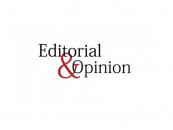
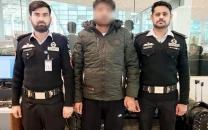
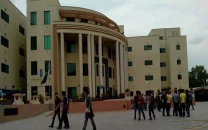
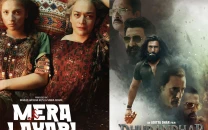
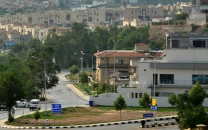
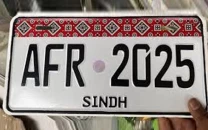
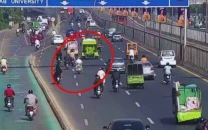
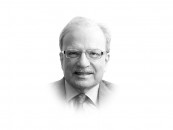
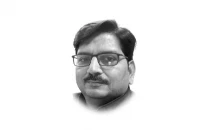
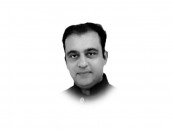
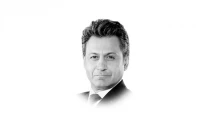
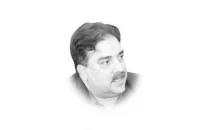
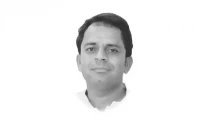
COMMENTS
Comments are moderated and generally will be posted if they are on-topic and not abusive.
For more information, please see our Comments FAQ